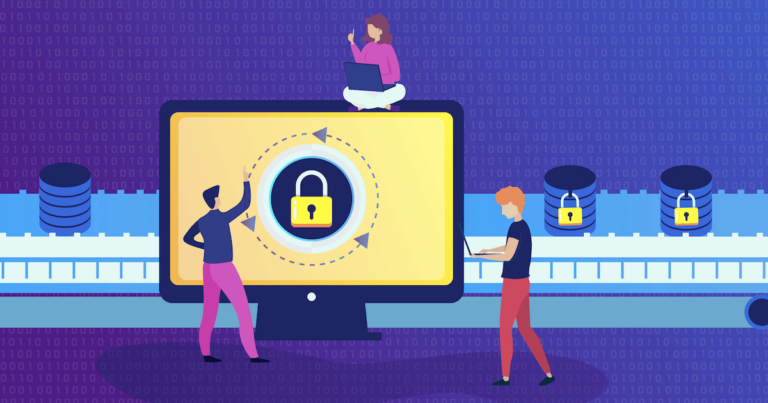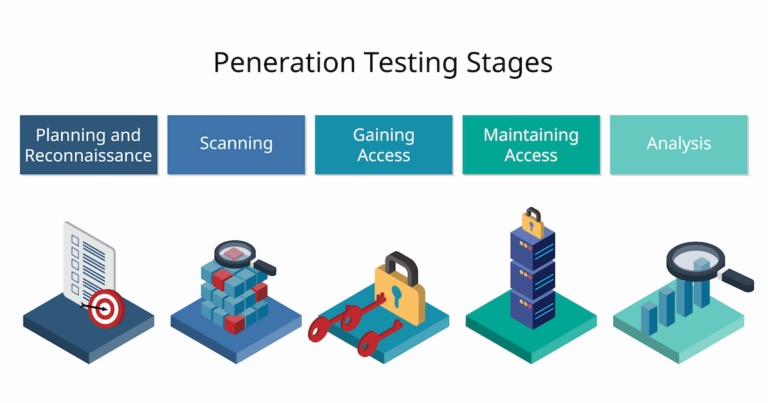The healthcare sector generates and manages extensive volumes of sensitive data critical to ensuring quality patient care and positive health outcomes. However, with the introduction of eHealth applications in an already complex and data-rich environment, healthcare organizations are facing new challenges. They must swiftly adapt to support more patients, comply with new regulations, and equip an increasingly dispersed workforce with more devices.
To increase operational flexibility, providers such as hospitals, clinics, specialists, and doctors are shifting their technology and data storage to the cloud to scale up and adjust to industry changes. In today’s time, cloud platforms offer a perfect amalgamation of security, scalability, and performance while meeting regulatory, governance, and compliance needs significant to store and process electronic healthcare data.
How Healthcare Data Is Secured In Cloud?
Securing healthcare data in the cloud involves several measures. Since you share security responsibility with the cloud platform to secure your application and data, you should adopt the following primary technologies technologies to your cloud security capabilities to effectively safeguard health data: encryption, pseudonymisation, and anonymisation. The most effective health data security technique depends on how the data is stored, shared, and analyzed. Let’s explore these techniques in more detail.
Encryption
Encryption is a technique that uses complex algorithms to secure data by converting it into an unreadable format. Only authorized users with the key can decode the data and convert it back into a readable format. Keys are only shared with trusted parties after their identity has been confirmed through multi-factor authentication.
Cloud encryption is used to protect data while it is being transmitted to and from cloud-based applications, as well as when it is stored on the cloud network. This is referred to as data in transit and data at rest, respectively.
Pseudonymisation
Pseudonymization is a technique used to protect sensitive data by replacing identifying information with a pseudonym or alias. This process is reversible and allows for the original data to be re-identified if necessary. This method is highly recommended by the General Data Protection Regulation (GDPR) as a means of protecting personal data.
Pseudonymization simplifies the processing of personal data and minimizes the risk of unauthorized access or exposure of sensitive data to employees. When personal data is pseudonymized, it becomes unidentifiable and reduces the chances of exposing sensitive data, while still being suitable for data processing and analysis.
Data Anonymization
To protect sensitive information, data anonymization involves removing or encrypting identifiers that link individuals to stored data. This allows Personally Identifiable Information (PII) like names, social security numbers, and addresses to be processed while maintaining anonymity.
The General Data Protection Regulation (GDPR) lays out strict rules for protecting user data and promoting transparency. However, companies are allowed to collect and use anonymized data without consent, as long as identifiers are removed and data is stored indefinitely. It’s worth noting that anonymizing data limits its value and insights, and cannot be used for marketing or personalization.
Which Data Security Technique Is Ideal For You?
In the process of designing an eHealth application, it is crucial to determine which technique or combination of techniques to utilize. When advising customers, we typically begin by asking them about their specific use case. For example, do you merely require data storage, or do you need the ability to conduct searches or utilize the data for business intelligence and analytics purposes? Based on your use cases, you can define data security principles and your health data needs to be protected and secured.
Use-case 1: How Do You Store Health Data?
When securely storing health data, the most effective method is to employ record-level encryption. However, there are specific issues that need to be taken into consideration. For instance, implementing record-level encryption requires key management and a robust login and permission system to regulate access to the keys. Additionally, since the data is encrypted within the database, direct searches become impossible, which can have implications for application design. Encrypted databases tend to be less responsive than unencrypted ones, so this should also be factored into application design. Ideally, user details and record data should be stored in separate systems, which not only provides an additional layer of protection but also reduces the amount of data that needs encryption.
Use-case 2: How Do You Share Health Data?
When sharing health data among trusted parties such as a patient, their family doctor, and a hospital consultant, strong AAA (authentication, authorization, and accounting) controls are essential. These controls regulate who has access to the data, and what they are allowed to do with it and keep records of all data access/changes. In certain instances, only the health data needs to be shared, not the associated personal details. This is typically the case when using AI to analyze scans and patient observation data, and should be factored into the decision of which data to encrypt at rest and in-transit.
Use-case 3: How Do You Analyze Health Data?
With the rise of big data, health records have become a valuable resource for industries such as pharmaceuticals. However, analyzing and understanding typical patient profiles requires anonymization of the data. Unfortunately, anonymizing health data is a particularly challenging task, as the resulting data may no longer be useful for meaningful analysis.
Conclusion
Since healthcare data is the most sensitive information and is highly crucial for any state in the world, health tech solution providers must embrace cloud and other integrations and solutions in the market and secure this category of data for better interoperability, security, accessibility, and peace of mind.




